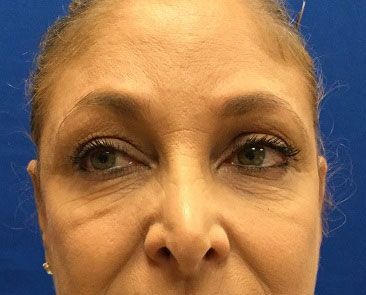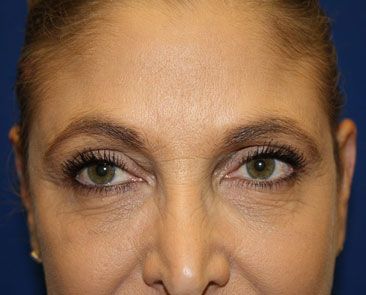WHAT IS FAT GRAFTING?
Fat grafting, also sometimes known as surgical fat transfer, is a process whereby fat is moved from one part of the body to another. This has two primary benefits. Firstly, excess fat can be removed from an area where it is unwanted, for example, the abdomen or thighs. This reduces the size of that area and helps it to look flatter and more toned. The fat is then put back into the body in an area where the patient wants to see an increase in size or enhanced smoothness. Secondly, since fat transfer uses cells from your own body, there is no risk that your body will reject the tissue and render the procedure pointless.
Although fat grafting has been used for more than a century, it has only been popular since the 1980s and even now, a surprisingly small number of patients understand the procedure and the benefits that it can offer.
VIALITY IN ACTION
Highly concentrated fat for reinjection.
WHERE CAN FAT GRAFTING BE PERFORMED
Fat grafting can be performed on virtually any part of the body, although it is most commonly seen on the abdomen, breasts, and face.
Fat grafting for the abdomen
Unsurprisingly, many people are unhappy with the appearance of their abdomen. It is an area of the body where excess fat tends to accumulate easily and this can cause people to become self-conscious about their appearance and even avoid wearing the clothes that they would like to. By choosing to have fat for fat grafting taken from the abdomen, you can enjoy the benefits of a flatter, smoother stomach.
Fat grafting for the breasts
Breasts are often considered to be an integral feature of the female form. However, if you have particularly small breasts or if your breasts have lost volume as a result of pregnancy and nursing, you may be feeling as deflated as they are. Fat grafting can be successfully utilized in breast enlargement surgery as an alternative to implants. The effects of fat transfer to the breasts are more subtle than implants, but many patients also find that their new breasts feel much more like the real thing.
Fat grafting is also a popular choice for patients who have had all or part of their breasts removed due to breast cancer or as a preventative measure against breast cancer.
Fat grafting for the face
Putting fat from another part of your body back into your face may seem like an unusual concept but doing so can actually help to deal with a number of different facial issues including lost volume, sunken cheeks, lines and wrinkles, and even facial scars. By placing your own fat back into areas of the face that have lost volume, our cosmetic surgeon can reduce the appearance of blemishes and help the skin to look smoother, plumper and more youthful. In turn, you can enjoy enhanced confidence and self-esteem that can permeate every part of your life.
HARVEST FAT
In-line with a liposuction machine, the Viality system collects lipoaspirate into a chamber which is lined with a fine mesh to retain the fat, allowing unwanted smaller particles and fluid to flow through.
WASH FAT
Once the desired volume of lipoaspirate is in the system, the AuraClens concentrating wash is added and mixed to wash and concentrate the fat. This aids in the removal of free oils, blood, and cellular debris.
CONCENTRATE FAT
Lastly, a layer of super absorbent foam is exposed by removing the drawer to wick away remaining saline fraction. This leaves highly concentrated fat for reinjection.


WHAT HAPPENS DURING FAT GRAFTING
Fat grafting is a fairly simple, straightforward procedure and is performed on an outpatient basis. Firstly, the area from which fat is being taken is anesthetized using a local anesthetic. A small needle with a hole in the center enables fat to be removed from the target area, such as the abdomen or buttocks. Once removed, the fat is processed so that excess fluid is removed. It is then re-injected back into the area you hope to enhance using another needle.
Some moderate swelling and bruising are normal, and this will last for around a fortnight after your procedure. You will also be given specific aftercare instructions that you should follow exactly to achieve the best possible outcome from the surgery.
WHAT TO EXPECT DURING YOUR FAT GRAFTING CONSULTATION
Every patient that we see is completely unique. Therefore, to determine if you are a suitable candidate for fat grafting, we will ask you to schedule a consultation with our experienced surgeon, Nathan Eberle, M.D., D.D.S., F.A.C.S.. We will consider your medical history and talk to you about the areas that you wish to address, and this information will be used to assess your candidacy.
If you would like to learn more about fat grafting, or if you are interested in discovering if you are a suitable candidate for this procedure, please don’t delay in contacting our team who will be happy to help.








